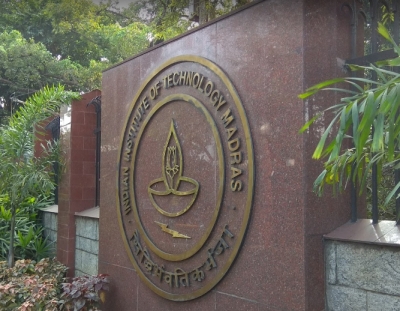Chennai– Indian Institute of Technology, Madras and Harvard University researchers have developed a novel Machine Learning algorithm named ‘CombSGPO’ – Combined Security Game Policy Optimisation – that can help in saving wildlife from poaching.
As per the World Wide Fund for Nature (WWF), wildlife trade poses the second biggest direct threat to the survival of species after habitat destruction. While several organisations and regulatory authorities are trying to curb the incidences of poaching, the poachers seem to have always remained one step ahead.
This collaborative research work by two esteemed universities is aimed at and hoped to help in keeping poaching incidents in check.
The researchers found that combined and coordinated use of forest eangers and drones were a good way to protect wildlife from poaching. As the resources, both rangers and drones, are limited, the researchers developed this algorithm, which provides a good strategy to protect wildlife within the limited available resources; moreover, such highly efficient strategies that are more scalable than the earlier ones created for the same purpose.
The algorithm works by handling resource allocation and strategising patrolling after the extent of resources available had been identified. For this task, it utilises data on the animal population in the conserved area and assumes that poachers are aware about the patrolling being done at various sites.
Balaraman Ravindran, Mindtree Faculty Fellow and Professor, Department of Computer Science and Engineering, IIT Madras, and the Head of Robert Bosch Centre for Data Science and Artificial Intelligence (RBCDSAI), at the institution, collaborated with Milind Tambe’s Research Group – Teamcore – at Harvard University, to carry out this study.
The work has been peer-reviewed and was well received at the latest 20th International Conference on Autonomous Agents and Multi-Agent Systems.
Highlighting the need for such research, Ravindran said: “The work was motivated by the need to perform strategic resource allocation and patrolling in green security domains to prevent illegal activities such as wildlife poaching, illegal logging and illegal fishing.”
“The resources we consider are human patrollers (forest rangers) and surveillance drones, which have object detectors mounted on them for animals and poachers and can perform strategic signalling and communicate with each other as well as the human patrollers,” he said.
This algorithm utilises a Game Theory-based model created by the researchers. In the context of wildlife protection, Game Theory pertains to predicting the areas where poaching may take place. These predictions are based on the earlier poaching incidents and the interaction between poachers and defenders.
Aravind Venugopal, first author of the study, and a Post-Baccalaureate Fellow, RBCDSAI, IIT Madras, said: “The game model and the kind of resources we use to simulate such a ‘poaching game’ between the defender (forest Rangers and drones) and attackers (poachers) are based on the widely-studied ‘Stackelberg Security Game Model’ and are linked to drones that have already been deployed by Air Shepherd (a foundation that deploys drones to stop elephant and Rhino poaching in Africa).” (IANS)















